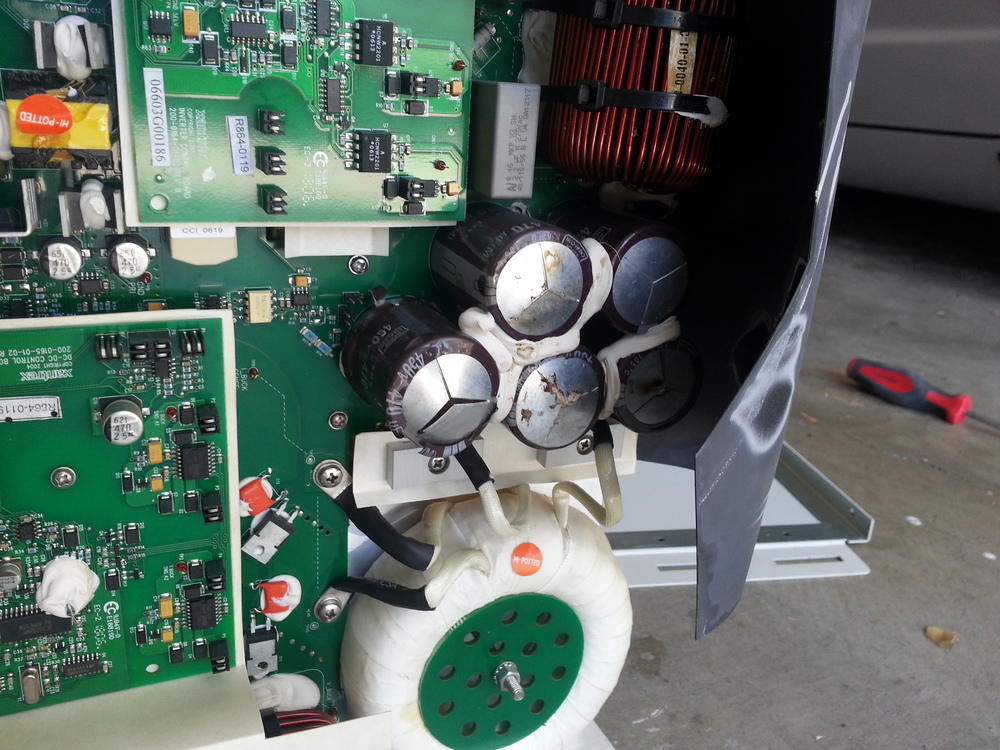I was reading an article on the differences between the Tesla Powerwall and the Tesla Powerpack
From the article:
So the batteries in a Tesla (derivative) aren't supposed to be charged/discharged on a daily basis ?
Or do I interpret that wrong ?
Source of article: http://cleantechnica.com/2015/05/07...s-in-under-a-week-tesla-elon-musk-transcript/
From the article:
Musks mentiones that there are indeed different chemistries in the two Tesla Energy products.
The backup power option, the Powerpack, is quite similar to that in the Tesla Model S and X, using a nickel-cobalt-aluminum cathode.
The daily cycling option, the Powerwall, is made of nickel-manganese-cobalt (with “quite a lot of manganese in there”).
The first is meant for ~60–70 cycles per year, and the other one for 365 cycles a year.
Tesla expects the Powerwall to last for approximately 15 years, ~5,000 cycles (but with the warranty being 10 years).
The Powerpack is expected to last for, “depending on how it’s used, anywhere from 1,000 to 1,500 cycles.” And they have comparable calendar lives.
So the batteries in a Tesla (derivative) aren't supposed to be charged/discharged on a daily basis ?
Or do I interpret that wrong ?
Source of article: http://cleantechnica.com/2015/05/07...s-in-under-a-week-tesla-elon-musk-transcript/




